3- How to Get Started as a Nude Model
Deciding to become a nude model marks the beginning of a distinct personal and professional journey. It’s a path that requires not only comfort with your own body but also a clear understanding of how to operate safely and professionally within this specific niche. This section provides a roadmap for those initial, crucial steps. We’ll cover the practicalities – from mental and physical preparation to creating introductory materials and learning where to find trustworthy work – ensuring you begin your venture into nude modeling with awareness and confidence.
Determining If Nude Modeling Is Right for You
So, you’re considering stepping in front of the camera—naked. It’s not a light decision, and it’s definitely not for everyone. The world of nude modeling might sound like a daring adventure, but before you strip down and jump in, you need to pause and ask yourself: Is this really the right path for me?
First, let’s address the obvious: nudity can feel vulnerable. Whether you’re posing for an art class or a high-fashion shoot, you’re putting yourself out there, quite literally. You’ll be exposed—physically and emotionally—and that can bring up all sorts of feelings, from empowerment to discomfort. So, before anything else, take some time to check in with yourself. How do you feel about being seen in your most raw, unfiltered form? Are you comfortable in your skin, flaws and all?
It’s not about being perfect; it’s about embracing your body and your identity, regardless of society’s unrealistic standards. If you can confidently say, “Yeah, I’m good with who I am, and I can stand in front of a room full of people without feeling ashamed of my body,” then you’re off to a solid start. If you’re still grappling with body image issues, that’s okay too—just be aware that this line of work can stir up deep feelings, both positive and negative. It’s a space that requires a certain level of body confidence, but more importantly, a strong sense of self-awareness.
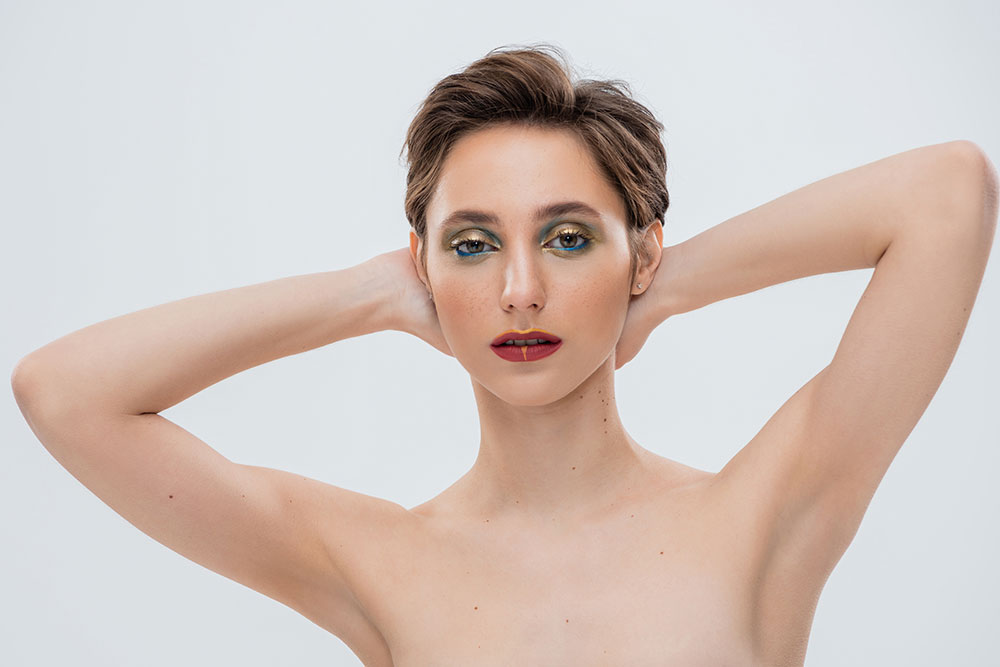
Next, let’s talk about motivation. Why are you considering this? Is it the excitement of the creative process? Are you drawn to the idea of exploring your body as art? Or is it the money? (Because let’s face it, some nude modeling gigs pay better than others.) Be clear about why you want to get into it—your reasons will guide your boundaries, your approach, and how you carry yourself throughout the process. If you’re seeking artistic expression or want to contribute to meaningful projects, the work can be incredibly rewarding. But if your motivation is less about passion and more about making a quick buck, you might not find the fulfillment you’re looking for.
Then there’s the practical side. Nude modeling isn’t always as glamorous as it looks. You might find yourself posing for hours in uncomfortable positions, battling the urge to fidget, or holding still in freezing cold studios. Do you have the physical stamina to stand still for long stretches or balance in awkward positions? Are you okay with the reality that your body might be photographed in ways that are far from flattering—or might be viewed by people you don’t even know? If you’re uncomfortable with any of that, it could be a good idea to pause and reconsider.
So, is nude modeling right for you? The answer is different for everyone. If you’re comfortable in your body, motivated by creativity, and confident in your ability to set boundaries, it could be an incredibly empowering and fulfilling path. But if you’re unsure, take your time. Don’t rush the decision, and remember that it’s totally okay to say no if it doesn’t feel like the right fit. After all, the most important thing is being true to yourself.
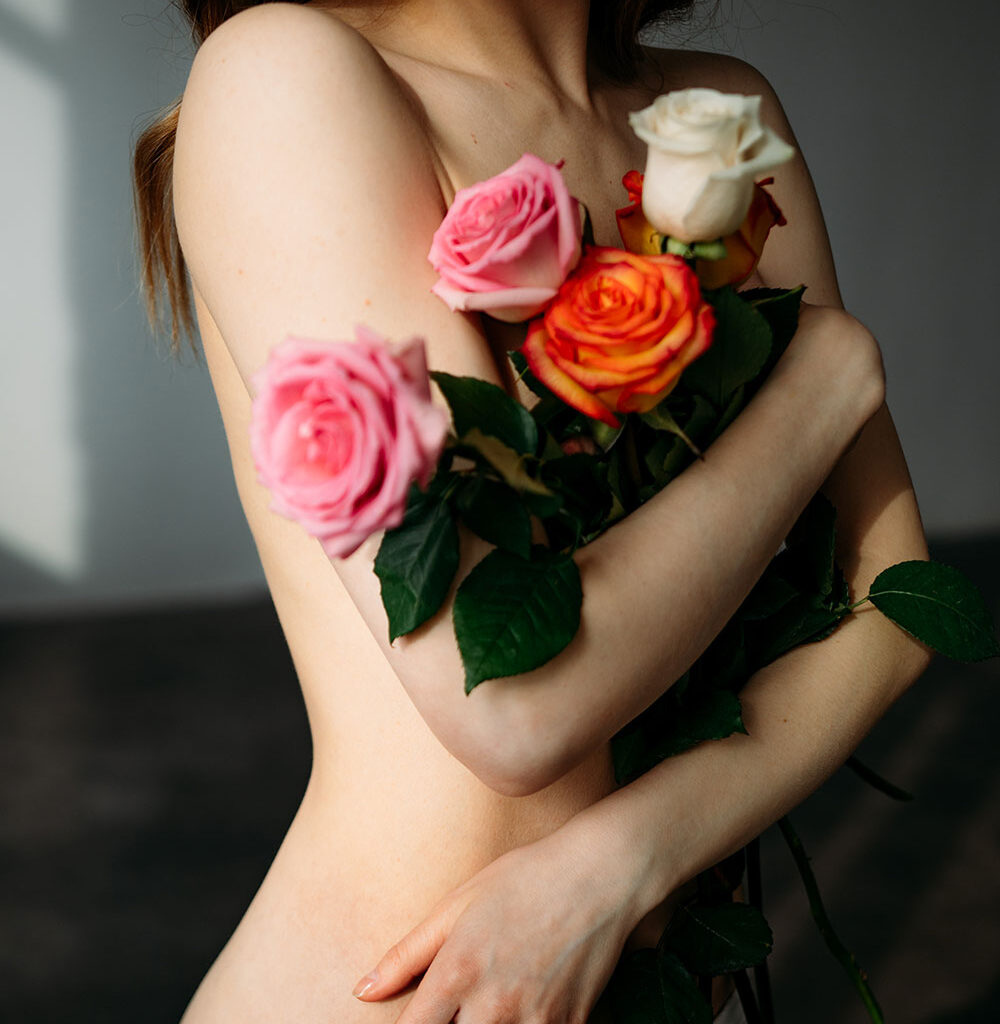
Understanding Personal Boundaries and Comfort Levels
Let’s start with the basics: boundaries are the invisible lines we draw around ourselves, signaling what we’re okay with and what we’re not. These lines help protect our emotional and physical well-being, especially in spaces like nude modeling where vulnerability is part of the game. But setting boundaries isn’t just about saying “no” when something feels wrong—it’s about being crystal clear with yourself about what’s acceptable for you, and more importantly, why it matters.
For instance, maybe you’re totally fine with being in the nude, but only for artistic shoots where the focus is on the body’s form or movement, not sensuality. Or perhaps you’re comfortable with partial nudity but not full nudity, and that’s totally okay. Some models draw the line at posing in certain settings or with certain people. The key is being honest about where your comfort zone starts and ends.
It’s about what you’re okay with in your body, your space, and your interactions. Comfort levels aren’t just physical—they’re emotional and psychological, too. What feels empowering to one person may feel objectifying to another. For example, if the shoot involves making intimate eye contact with the photographer or touching your own body in a way that feels sexual, ask yourself if that’s something that aligns with how you want to be seen. It might sound obvious, but sometimes, in the hustle of a shoot or the excitement of the artistic process, models can lose track of their emotional boundaries. The lines blur, and before you know it, you’re in a situation that doesn’t feel quite right.
This is where communication comes in. Setting clear boundaries isn’t just about what you are comfortable with—it’s about making sure those boundaries are respected by everyone involved. Before you start a gig, have an open conversation with the photographer, artist, or team about what you’re willing to do and where you draw the line. Don’t be afraid to be specific, even if it feels uncomfortable at first. If you’re asked to do something that feels out of your comfort zone, speak up. Trust me, your comfort and safety should always come first, and a professional photographer or artist will respect that.
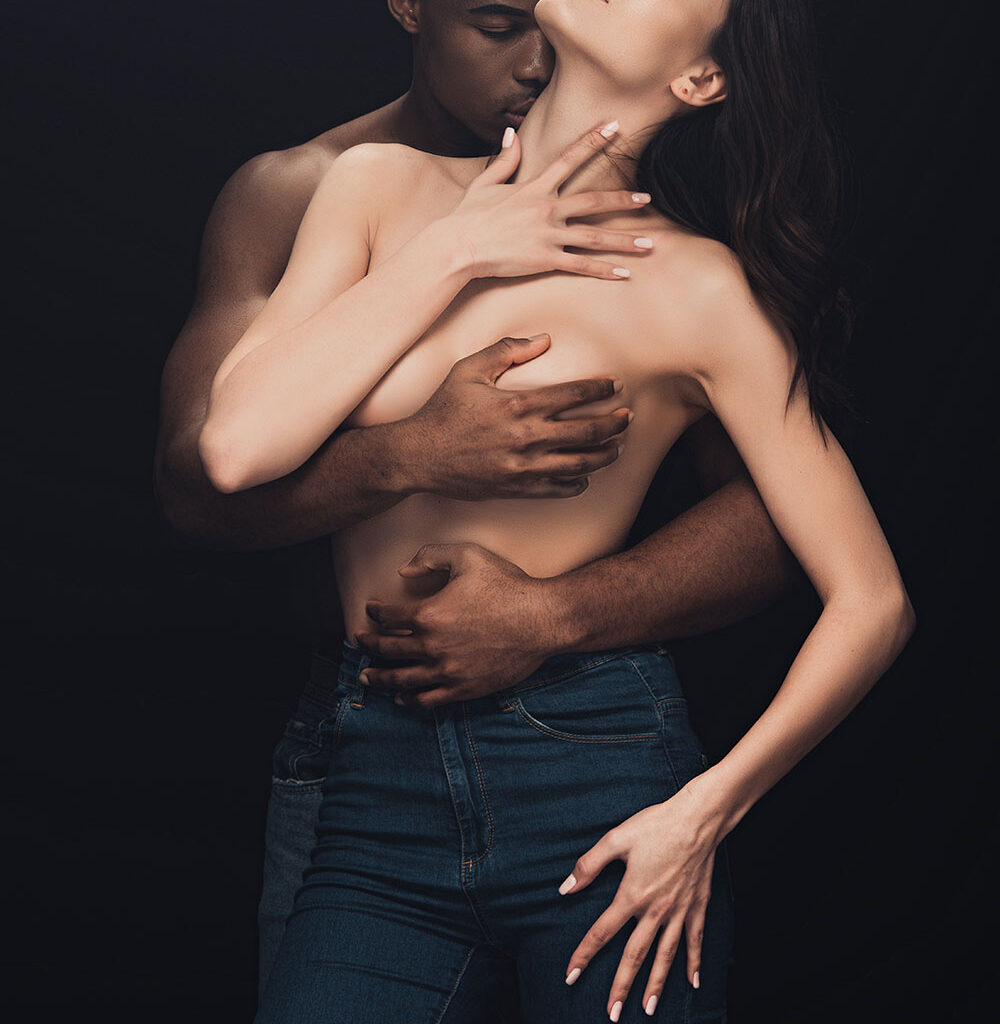
Trust your gut. The beauty of nude modeling is that it’s meant to be empowering. It’s an opportunity to reclaim your body, to step into a space where you define how you’re portrayed, not anyone else. But that only works if you feel safe and confident in the environment. If something doesn’t feel right in your gut—if a situation feels rushed, uncomfortable, or even a little off—listen to that feeling. You can always walk away or ask for a pause to recalibrate.
It’s also important to remember that boundaries can change. Maybe at the start of your modeling career, you’re okay with one level of nudity, but as you grow more comfortable in your skin, your boundaries might expand. Or the opposite might happen: after a few shoots, you might decide you’re no longer okay with something you once were. That’s perfectly normal. Your boundaries are fluid, and they should evolve with your experiences and how you’re feeling in your body. The key is always to check in with yourself and be honest about where you stand.
In the world of nude modeling, you are the artist of your own boundaries. You get to decide what feels right, what feels empowering, and what feels like a step too far. And always remember: your boundaries are valid, no matter how they compare to others. What’s comfortable for one person might not be for another—and that’s what makes your personal limits unique to you. So, don’t be afraid to take your time, communicate openly, and respect your own needs throughout the journey. After all, the most important thing is that you feel good about your choices and your body, every step of the way.
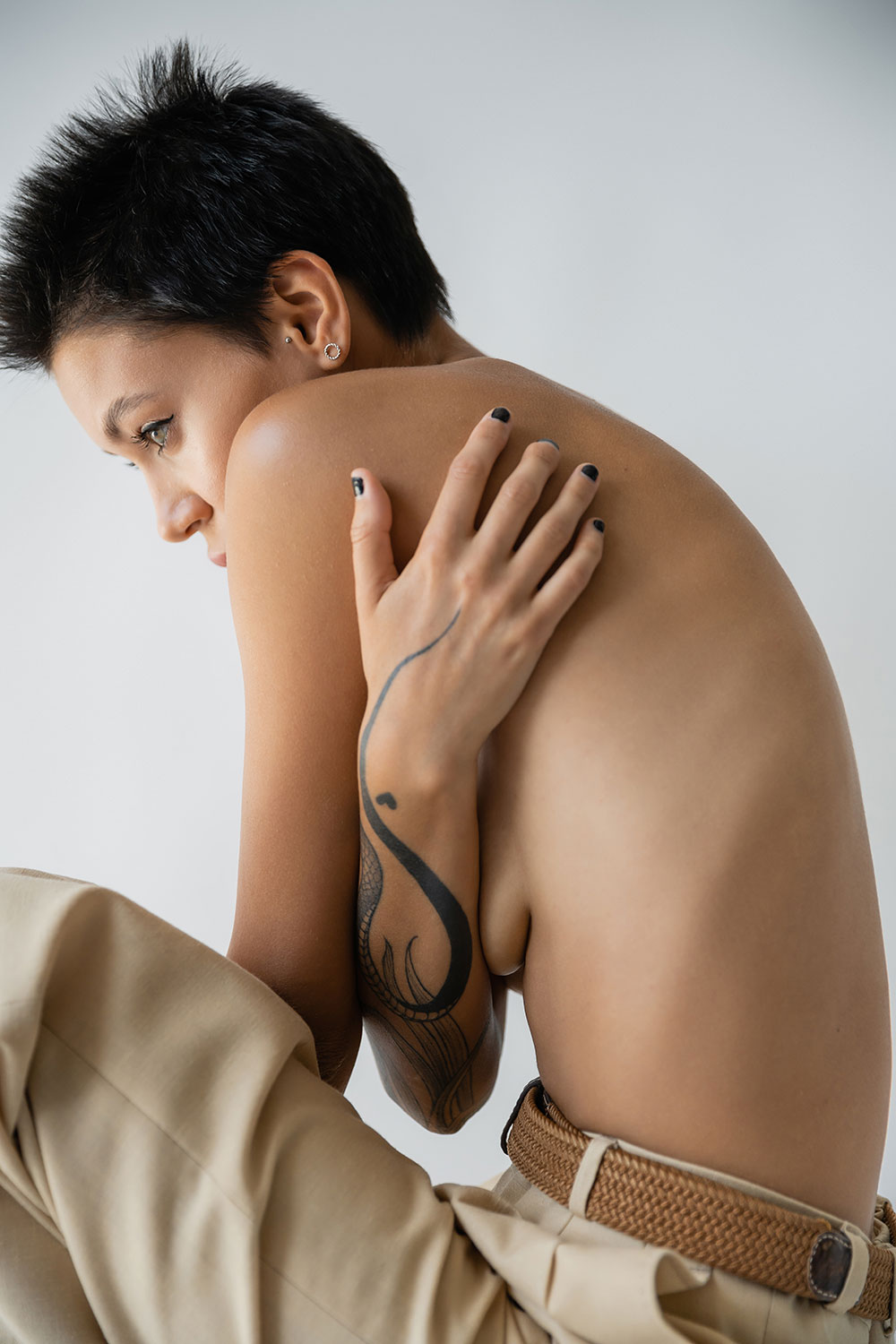
Building Confidence in Your Body and Presence
Getting comfortable in your own skin, especially in the world of nude modeling, is no small feat. The idea of standing in front of a camera, stripped of every layer, and letting your body be seen and celebrated can feel daunting, even terrifying. But here’s the thing: confidence isn’t something that magically appears the moment you strip down. It’s something you cultivate, step by step, and it all starts with how you see yourself.
Building confidence in your body begins with embracing it—not just the parts you love, but the ones you feel less comfortable with, too. No body is perfect, and guess what? You don’t need it to be. Every mark, curve, and imperfection tells a story of where you’ve been and who you are. Instead of hiding the bits of your body you might feel self-conscious about, try celebrating them. The way your skin glows in the light, the subtle arch of your back, or the way your legs stretch in a pose—all of these are beautiful. They don’t need to fit into some narrow idea of “perfection” to be perfect in their own way.
Start small. If the thought of being fully nude feels overwhelming, work your way up. Try posing in front of a mirror—just you and your reflection—without judgment. Take in your body from head to toe, appreciating the way it moves, the way it looks when you stand tall or curve just right. Slowly, that initial discomfort will give way to acceptance, and eventually, pride. Confidence grows when you stop seeing your body as something to hide and start seeing it as something powerful.
It’s not just about the physical form; it’s about owning your presence. Confidence isn’t just about how you look; it’s how you feel when you’re in a room, how you command attention without needing to shout for it. Nude modeling forces you to be present in the moment, to truly own your space—whether you’re standing still or striking a pose. You’ve got to carry yourself like you’re meant to be there. And the best part? That presence can be practiced. It’s in the way you carry your posture, the way you breathe, and even the way you hold your gaze. Every little action, from standing tall to holding your head high, tells the world you’re confident, even if you don’t feel it yet.
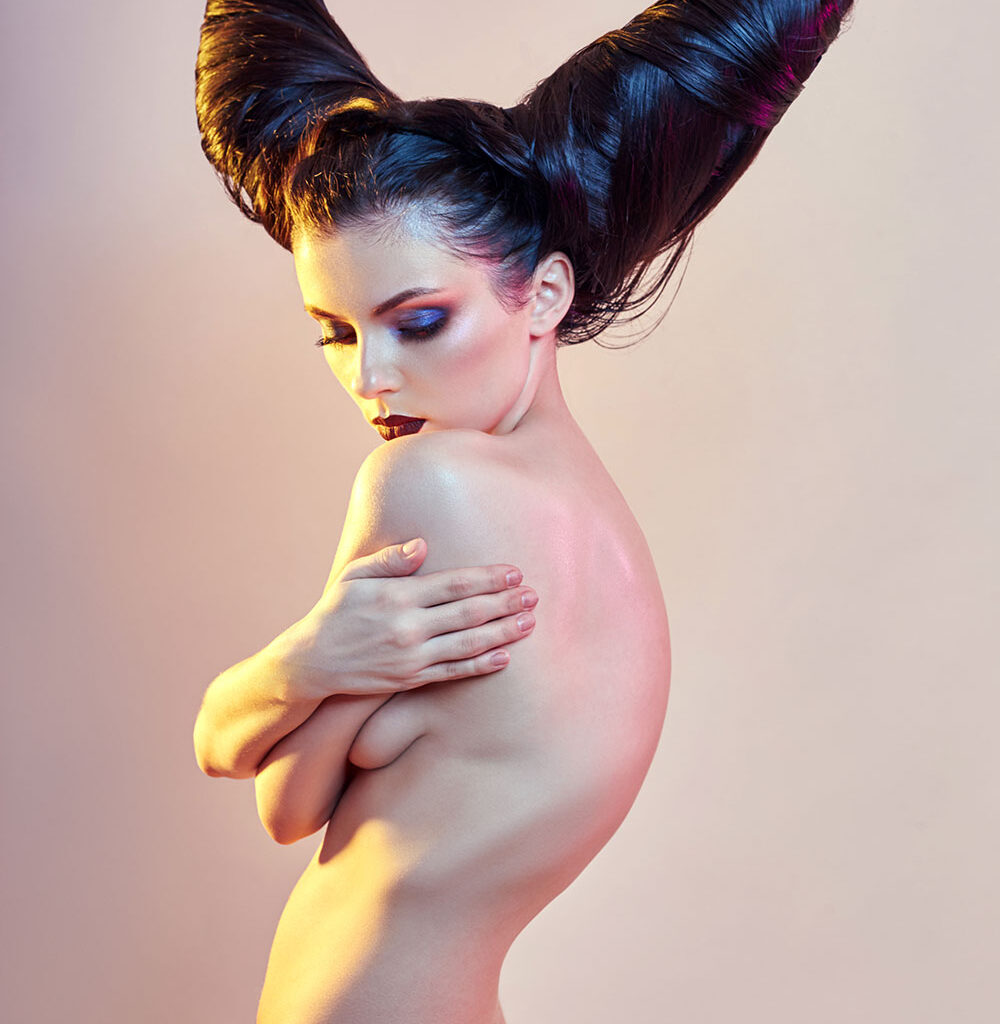
And here’s a little secret: confidence is contagious. The more you exude it, the more you’ll feel it. Start practicing in everyday situations—walking into a room, holding a conversation, or simply standing taller when you walk down the street. Each time you step into the world with confidence, you’re reinforcing it within yourself. When you step in front of a camera, it’ll feel less like an act of vulnerability and more like an act of power. Your confidence will shine through, and people will pick up on that energy. It’s not about being flawless—it’s about being real and owning what makes you unique.
Don’t rush the process. Confidence isn’t built in a day. It’s an ongoing journey, full of bumps, setbacks, and breakthroughs. And remember, even the most seasoned models have days where they feel uncertain. It’s okay to feel vulnerable—it’s a part of the process. But over time, you’ll find that your confidence doesn’t just come from the way you look or the way you pose; it comes from knowing that you are enough, exactly as you are.
So, take a deep breath, stand tall, and give yourself permission to be unapologetically you. Your body, your presence, and your confidence are your greatest tools. Embrace them, nurture them, and let them shine.

Researching Different Types of Nude Modeling Opportunities
When you’re considering getting into nude modeling, the first step is to do your research—and that doesn’t just mean looking at the gigs or types of shoots you could get into. It’s about understanding how each opportunity might make you feel—both during the process and afterward. It’s easy to get caught up in the excitement or curiosity of stepping into the world of modeling, but taking a moment to really think about how different settings will affect your confidence, comfort, and emotional well-being is just as important.
Some shoots will make you feel incredibly empowered. In the world of artistic and fine art nude modeling, you might step into a space where the focus is on the human form in its most authentic, untouched state. You’ll be treated like a living sculpture, where every curve, every muscle, every angle of your body is appreciated for its beauty and uniqueness. That feeling of being regarded as a piece of art can be exhilarating, leaving you with a sense of pride in your body that goes beyond physical appearance. It’s not about conforming to a beauty standard—it’s about embracing what makes you you, in the most raw and pure way.
But let’s be real: not every type of modeling opportunity is going to be sunshine and rainbows. Some gigs might push your boundaries, especially early on, and they might leave you feeling vulnerable. Standing in front of a room full of people, even if they’re artists focused on your form, can bring up a lot of nerves. Your body becomes the focal point, and with that comes a natural feeling of exposure. There’s a mental challenge in nude modeling: staying grounded when your body is exposed, staying confident when you feel all eyes on you, and managing the tension of vulnerability without letting it undermine your presence. It can feel intimidating, and that’s totally normal. The more you practice, the easier it becomes to manage those nerves and transform them into confidence.

Then, there’s the feeling of freedom that many models describe. Being nude, paradoxically, can feel like shedding more than just your clothes. It can feel like letting go of societal expectations, personal insecurities, and even the heavy weight of judgment. For some models, the act of baring it all can lead to a deep sense of self-acceptance and liberation. It’s the moment where you realize, “This is my body, and I get to decide how to present it.” When you truly start to connect with the artistry behind the shoot, you might find yourself posing in ways you never imagined possible, feeling an unspoken confidence surge within you.
However, some shoots, especially in commercial or more sensual contexts, can leave models feeling a little disconnected from their personal sense of self. If you’re asked to present yourself in ways that feel more sexualized, or if the shoot doesn’t align with your vision of what your body represents, it can lead to a feeling of discomfort. In these moments, it’s easy to feel like the focus shifts from the artistic to the performative, and that may leave you questioning whether the project respects your boundaries or if you’ve stepped into something you weren’t ready for. The key is always checking in with yourself throughout the process and knowing when to speak up if something doesn’t sit right.
It’s also important to recognize that modeling—especially nude modeling—often involves emotional resilience. It’s a skill you develop as you go along. You’ll need to learn how to stay confident, even when you feel exposed. You’ll also need to know when to set boundaries to protect your well-being. At times, you might have shoots that don’t align with your personal boundaries or might bring up insecurities you weren’t expecting. But as you get more comfortable and experience different types of shoots, you’ll begin to learn what makes you feel empowered, what brings out your confidence, and what makes you feel safe and respected.
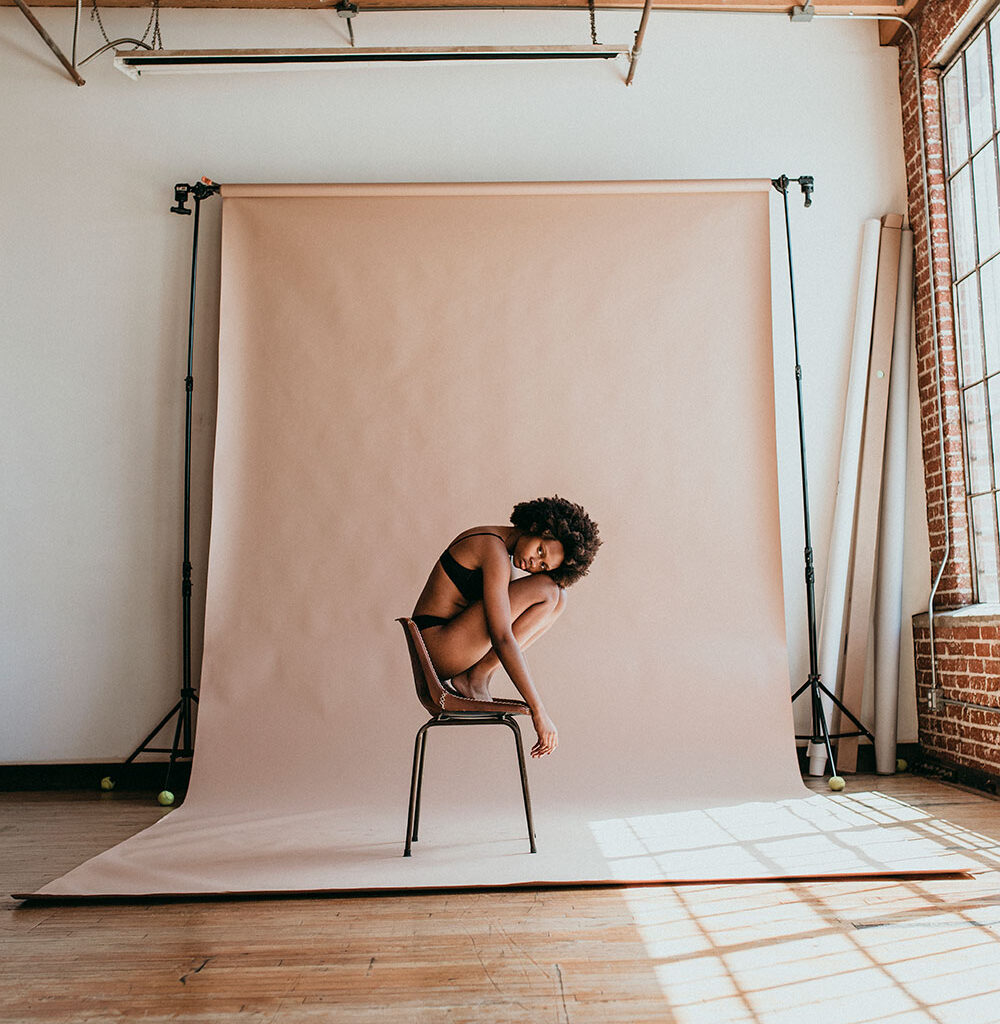
Developing a Professional Portfolio With Tasteful Nude Shots
Creating a professional portfolio with tasteful nude shots is all about curating a collection that showcases your body as an art form—while keeping it classy and respectful. Your portfolio is essentially your introduction to the world, and it should reflect your skills, personality, and the kind of work you’re passionate about. So, let’s dive into how you can build a standout portfolio that speaks to your strengths, feels authentic, and sets you up for future opportunities.
a. Get Clear on What You Want to Communicate
Before jumping into the photoshoots, take a step back and ask yourself: What vibe do I want my portfolio to give off? Do you want it to feel artistic, sensual, minimalistic, or dramatic? A strong portfolio doesn’t just show off your body; it tells a story about you as a model. Maybe you’re drawn to artistic nude modeling, where the human form is captured with light and shadow, or perhaps you want to lean more into fashion-focused nude work that incorporates clothing and styling. Whatever direction you take, make sure it aligns with who you are and how you want to be perceived.
b. Variety is Your Friend
In the world of nude modeling, showing versatility is important. But that doesn’t mean you need to go overboard. Aim for a few key shots that demonstrate your ability to pose in various ways. Think about mixing it up with different lighting setups—soft, diffused light for a gentle feel, or harder, more dramatic lighting that plays with shadows. Change the scenery—shoot in a studio, outdoors, or in a minimalist space that keeps the focus on you. Experiment with body angles and poses to highlight the beauty of your form from different perspectives. The more you can showcase your flexibility as a model, the more attractive your portfolio will be to potential clients.
c. Keep It Elegant and Subtle
Tasteful nude shots aren’t about showing everything—they’re about capturing the essence of your body in an artistic, refined way. The power of a great nude shot often lies in the subtlety. Sometimes less is more. A pose that doesn’t reveal every inch of skin can feel more powerful than one that does. This type of modeling focuses on the form, light, and lines—not just the nudity. Create tension with shadows or use props or fabrics in creative ways that suggest nudity without being overly explicit. Keep it clean, and don’t be afraid to let your natural beauty shine through in all its authenticity. After all, it’s not about what’s visible; it’s about what’s implied and what’s felt.

d. Respect Your Boundaries
Building a professional portfolio should always be a process that feels empowering and respectful. While the aim is to present yourself in a creative, artistic way, always keep your comfort in mind. Define your limits early on—whether it’s how much nudity you’re comfortable with or what types of poses you’re okay with. A good photographer will always respect your boundaries, and your portfolio should feel like an authentic expression of who you are, not a compromise. If something doesn’t feel right, don’t hesitate to speak up or move on to another project.
e. The Importance of Lighting and Composition
Great photography is built on the fundamentals of light and composition. When you’re shooting nude, these elements become even more crucial. Lighting can highlight the beauty of your body’s curves or add drama to your pose. Work with your photographer to play around with how light falls across your skin, and how it shapes and defines your figure. Whether you’re going for a soft, ethereal vibe or a more bold, high-contrast style, the right lighting can elevate an image from good to striking.
The composition of the shot—how your body fits within the frame—is just as important. How you position yourself, where the camera is placed, and the negative space around you can all contribute to the final impact. In tasteful nude shots, it’s often about creating a balance between body and surroundings, showing off your form without overwhelming the image with too many distractions.
f. Edit with Purpose
Once the shoot is over, and you’re reviewing the images, remember that less is often more in editing. Keep retouching minimal. The goal isn’t to erase your natural beauty or alter your body in any way, but rather to enhance the image so that it highlights the artistic essence. A little bit of touch-up can improve lighting, clean up backgrounds, or soften harsh lines, but keep things authentic. Clients and artists are looking for the real you, captured in the most flattering and artistic way possible.
g. Feedback and Refinement
After putting together a few shots, don’t be afraid to ask for feedback. Whether it’s from photographers, other models, or agents, constructive criticism can help you fine-tune your portfolio. Sometimes, a fresh set of eyes will see something you missed, or they’ll give you ideas for shoots you hadn’t thought of yet. Use that input to refine and expand your collection. A portfolio is never “done”—it evolves as you grow as a model, so continue adding to it as you gain more experience.
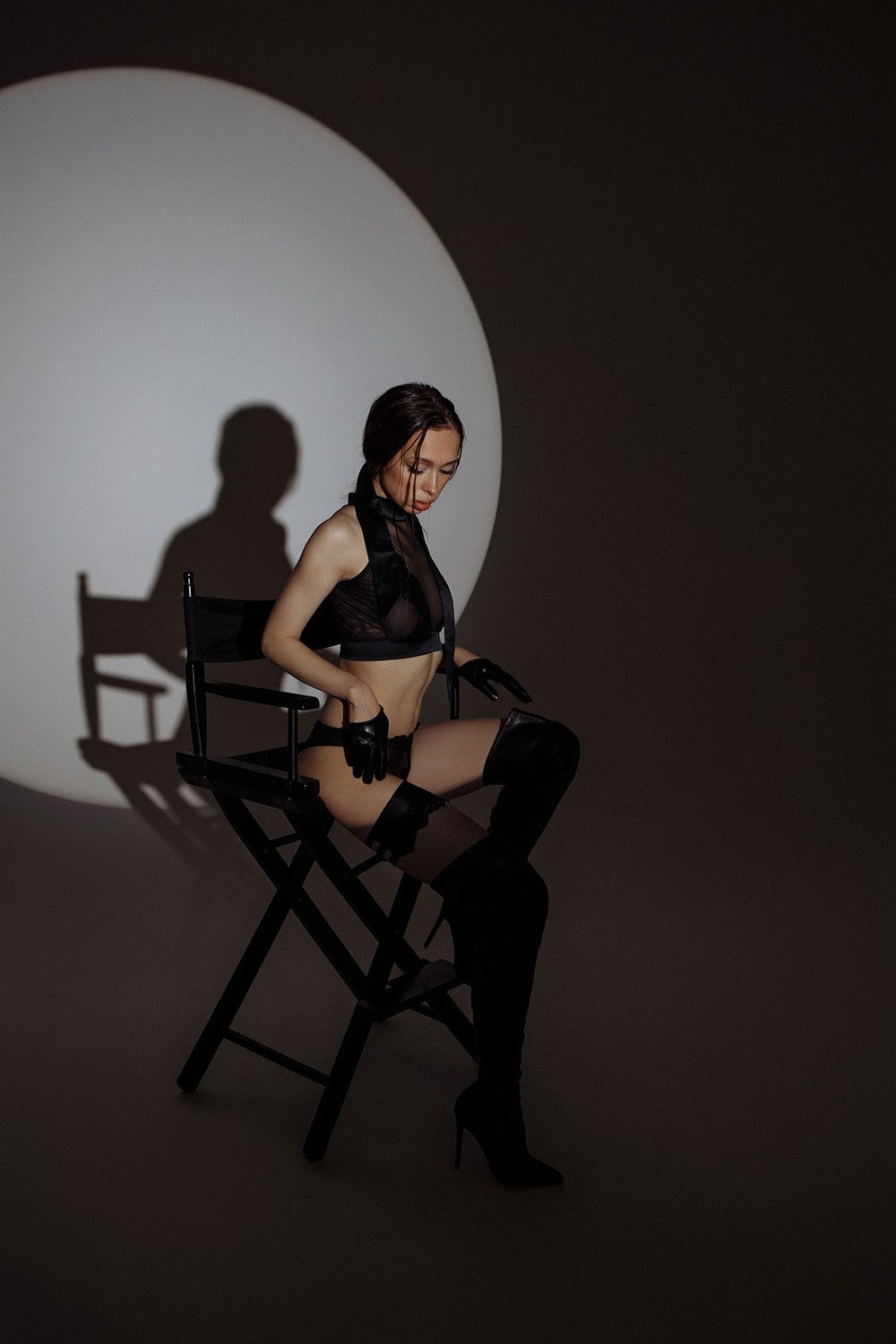
Finding Reputable Photographers and Artists to Work With
You’re trusting someone with your body, your confidence, and your art. So, let’s break down how to find reputable individuals who will honor your vision, boundaries, and talents.
a. Start with Research
The first step is to do some serious homework. Don’t rush into any partnership—take the time to research photographers and artists who specialize in nude modeling. Look for those who have a portfolio that aligns with your artistic goals. Do they shoot in a style that resonates with you? Whether it’s fine art photography, body painting, or creative nude concepts, the best photographer for you will understand and appreciate your aesthetic. Check their social media profiles, websites, and online portfolios to see the kind of work they’ve done in the past. A well-maintained portfolio is usually a good sign of professionalism.
b. Read Reviews and Ask for References
One of the best ways to determine a photographer’s reputation is by looking at reviews and getting feedback from other models they’ve worked with. Trusted models often share their experiences, both positive and negative, on forums, social media, or websites like Model Mayhem. Don’t hesitate to ask for references from people who’ve worked with the photographer before. Reputable artists will have no problem connecting you with past collaborators who can vouch for their professionalism, respectful approach, and overall vibe on set.
c. Check for Professionalism and Clear Communication
A reputable photographer or artist should be able to clearly communicate their vision for the shoot. They’ll set expectations upfront about what the project entails, the types of shots they’re aiming for, and how they plan to create a comfortable environment. Clarity is key here. A professional photographer won’t leave you guessing about what’s expected, and they’ll be upfront about payment, location, and schedule. Communication should be open and collaborative—if at any point you feel uncomfortable or the photographer isn’t answering your questions, it’s a red flag.
Make sure you also discuss your personal boundaries and what you’re comfortable with before the shoot. A good photographer will listen and respect your limits, ensuring you’re never pressured into a situation where you feel uneasy.
d. Look for Industry Experience and Reputation
While a newer photographer might still have talent, experience counts for a lot in this field. An experienced professional will know how to direct a shoot, make you feel comfortable, and capture your form beautifully. They’ll also have the right equipment and understanding of how lighting and posing work in nude photography. Artists with experience in nude work will also likely have a reputation in the industry, whether in the fine art, commercial, or fashion scenes. Look for artists who have worked on projects that resonate with you and have experience working with models of all body types, ensuring they value diversity and inclusivity.
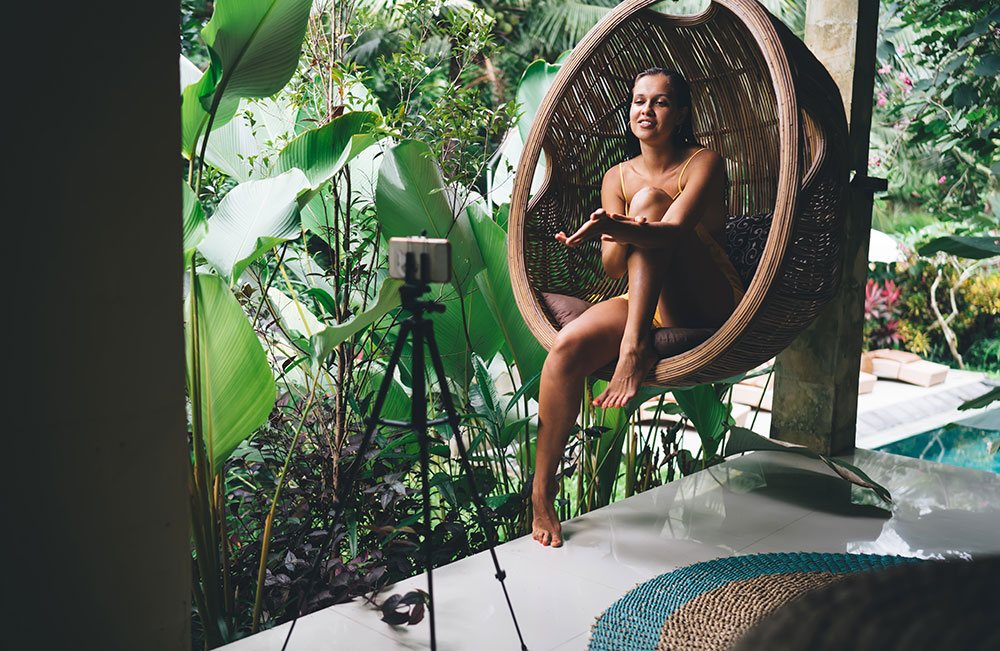
e. Trust Your Instincts
When you finally reach out to a photographer or artist, trust your gut feeling. How do you feel about your conversation? Are they professional, respectful, and easy to talk to? Do they take the time to understand your goals and boundaries? If anything about the interaction makes you feel uncomfortable or rushed, it’s okay to walk away. Trust is essential in any partnership, especially one as intimate as this.
f. Meet in Person
If you’re unsure about working with someone, arrange a face-to-face meeting. It doesn’t have to be an extensive, in-depth meeting—but just meeting the photographer or artist in person can help you gauge their professionalism and energy. It also gives you an opportunity to talk through the shoot, ask questions, and clarify expectations. A reputable artist will want to ensure you’re comfortable and confident before you even step onto the set.
g. Understand the Legal Aspects
It’s vital to have clear legal agreements in place before you start working. A professional photographer will provide you with a model release form that outlines how the images will be used, the rights of both parties, and any compensation details. The form should specify whether the photos will be used for commercial purposes, published in galleries, or for personal portfolios. Make sure you read everything carefully, and don’t be afraid to ask for clarification on any terms that seem unclear. This protects both you and the photographer legally and ensures that your image is used in a way that aligns with your comfort level.
h. Stay Within Your Comfort Zone
Even with a reputable photographer, always make sure you feel comfortable with the setting, shoot location, and concept. If at any point you feel something isn’t right, you have every right to walk away. Your safety, comfort, and peace of mind should always be the priority, and no reputable photographer would ever make you feel pressured to do anything you don’t want to do.
i. A Word on Trust and Respect
Ultimately, the most important thing is trust. Trust that the photographer or artist understands your body is more than just a canvas—it’s a part of who you are, and it should be treated with respect. The best photographers know that your comfort and trust are essential for the creative process. If you’re working with someone who truly respects your boundaries and creates a safe environment, you’ll have an experience that’s not only professional but also enriching and empowering.
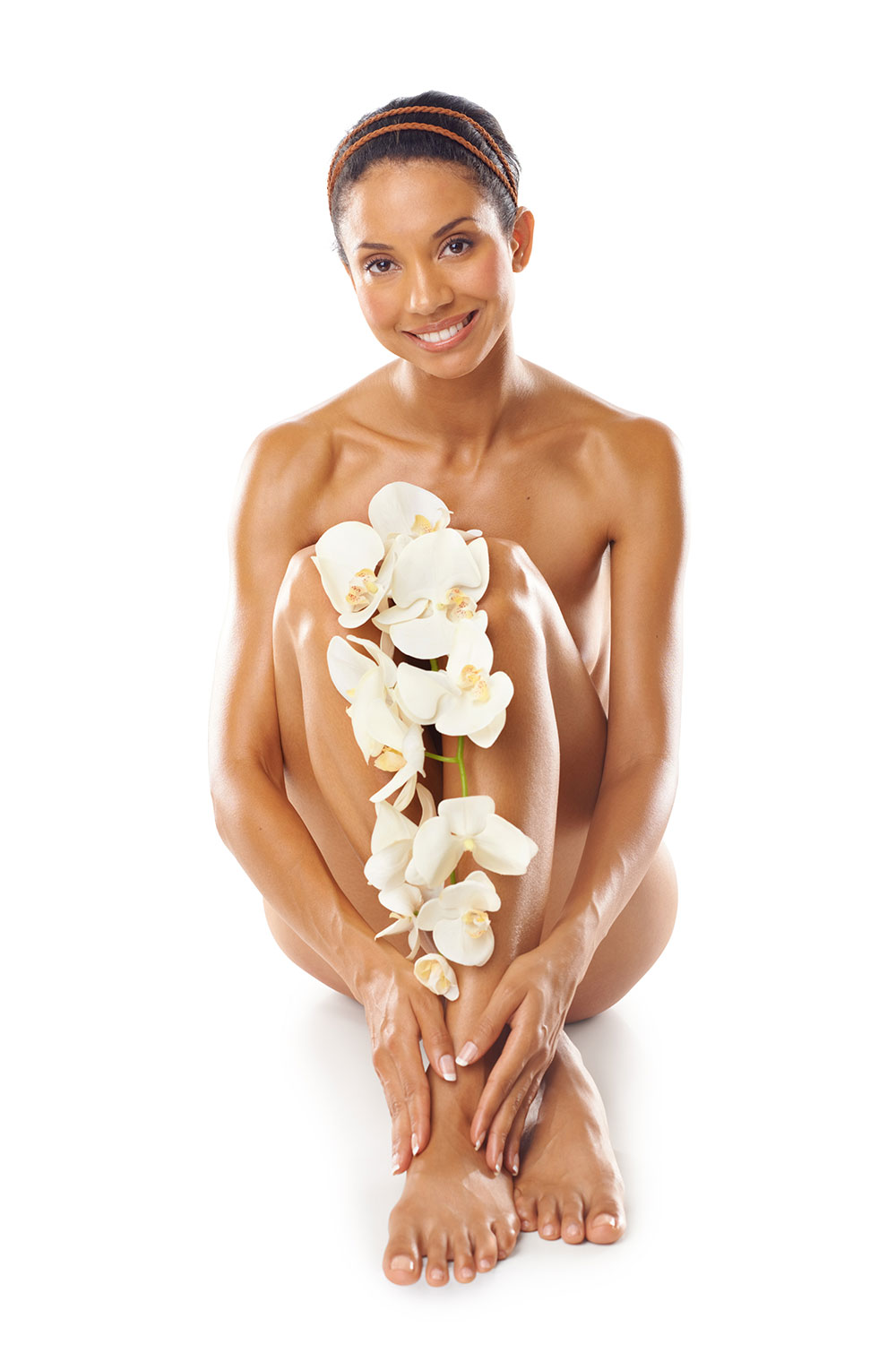
Networking Within the Art and Photography Communities
Many legitimate nude modeling opportunities, especially in fine art, aren’t found through public job boards but through direct connections. This section explores the importance of proactively building relationships within local art and photography circles. Learn how engaging with artists, photographers, art schools, and galleries—both online and offline—can increase your visibility, help you find trustworthy work, and establish your reputation as a professional and reliable model in the community.
a. Real Conversations Happen Early On
Unlike some other types of modeling, the conversations around nude modeling often need to happen before the photoshoot even starts. There’s a level of understanding that must be established right off the bat: what are you comfortable with? What’s the photographer’s vision, and how does it align with your comfort zone and personal brand? The truth is, these conversations aren’t always glamorous, but they’re essential for setting the tone and ensuring both parties are on the same page.
As a nude model, you’ll quickly learn that clear, honest communication is your greatest ally. The art world isn’t always straightforward when it comes to boundaries. Sometimes photographers, especially those who are still relatively unknown, may try to push the limits or blur the lines of professionalism. That’s where networking with reputable professionals becomes crucial. You’ll want to connect with photographers, artists, and other models who have established trustworthy reputations, so that you’re entering an environment where your personal space is respected.
b. Establishing a Network of Trusted Allies
In the world of nude modeling, your network can be the most valuable tool you have. It’s not about just meeting random photographers; it’s about surrounding yourself with professionals who respect you as an artist and see your body as a canvas, not just a subject.
Photographers and artists who have experience with nude art will understand that it’s not just about capturing the human form—it’s about creating artful representations of the body, playing with light, shadow, and emotion. When you’re networking within the community, look for those who have a track record of creating high-quality, tasteful work. Experienced professionals know that the body should be respected and treated as part of the creative process, not just a vehicle for exhibitionism or shock value. Working with these types of artists will likely provide a safer and more rewarding experience.
c. The Unsung Value of Word-of-Mouth
One of the more underrated aspects of networking within this space is the word-of-mouth that circulates within modeling and art circles. The truth? If you work with someone who is unprofessional, it doesn’t just affect you; it can affect your reputation and future opportunities. This is particularly important in the nude modeling community, where professionalism and comfort are paramount.
If you’re serious about growing in this space, getting recommendations from trusted peers in the industry can save you time and energy. That means asking other models about their experiences, researching photographers’ reputations on online communities, and being open to feedback. A solid reputation in the nude art scene is everything, and once you establish it, you’ll find doors open up. Whether it’s for art exhibitions, private commissions, or even higher-end fashion work, the connections you make early on can be the key to your success in the future.
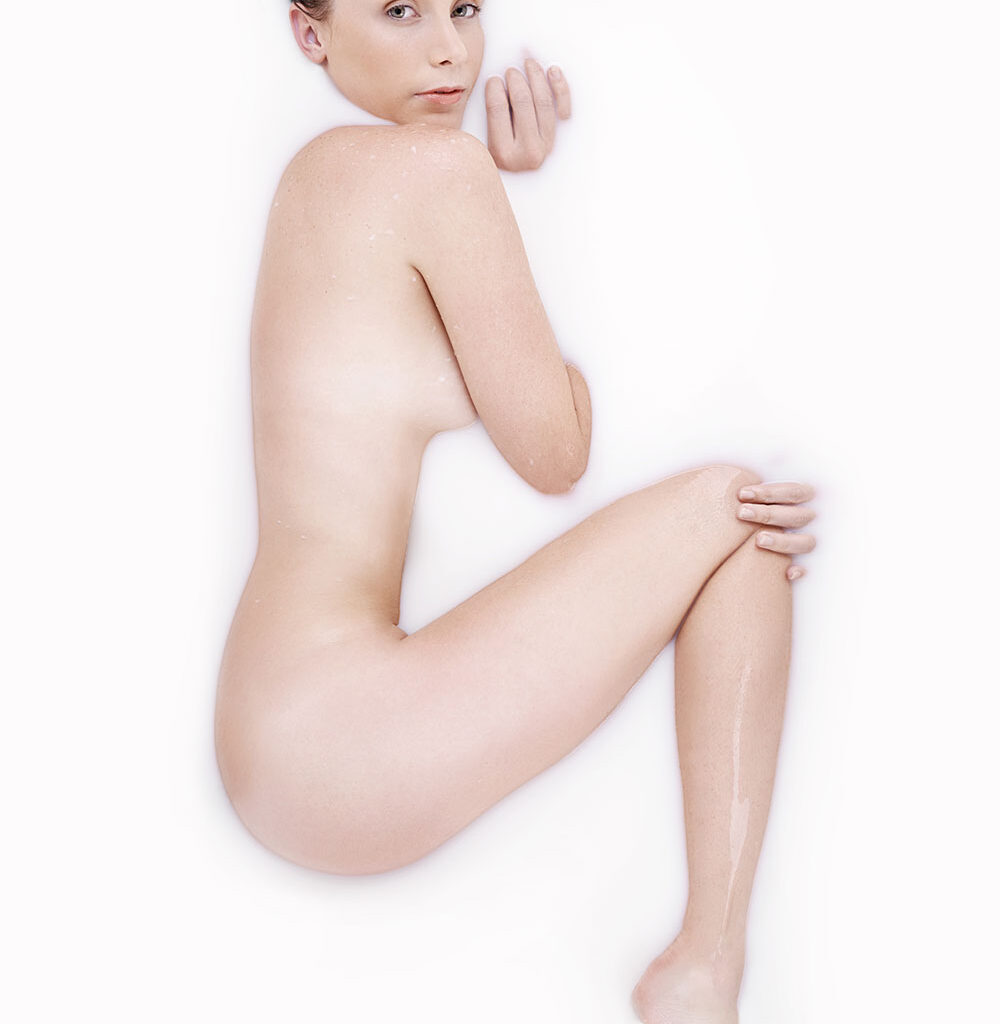
d. Respect and Safety Should Always Come First
Here’s the thing: the world of nude modeling is about respect. Unfortunately, not every photographer, artist, or even other models hold this as their top priority. As much as there’s an emphasis on artistic freedom, it’s essential to be constantly vigilant about your safety and well-being. Networking within communities is a great way to find like-minded professionals who share your values and understand the nuances of working with nude art. By connecting with seasoned models and artists, you can better avoid risky situations and focus on building a professional career.
A key part of this is choosing the right environment to work in—some places might feel more like a business transaction, while others are rooted in creative expression and artistic collaboration. Knowing where you feel comfortable and how to gauge the professionalism of a photographer can be an important skill as you grow in the industry. Pay attention to the people you’re meeting and where you’re placing your trust.
e. A Community That’s Always Evolving
Networking in the nude modeling community isn’t static. Just like any creative industry, it’s constantly evolving. The rise of social media platforms like Instagram and Model Mayhem has completely shifted how models, photographers, and artists interact. There’s no longer just a “traditional” pathway to success in this space. Models are now finding their way into art exhibitions, private commissions, and even fashion campaigns by leveraging their online presence and building an audience that resonates with their work.
But with that increased visibility comes the risk of being objectified or misunderstood. It’s vital to network with people who view you as a professional, not just someone to exploit for clicks or likes. Use your platform to share your work, tell your story, and make sure that when you’re networking, you’re doing so on your terms.
f. Making Real Connections, Not Just “Networking”
In the world of nude modeling, the best opportunities don’t always come from networking in the traditional sense—attending events or simply handing out business cards. Sometimes, the most powerful connections happen when you connect with people genuinely, whether that’s through sharing a deep conversation at a shoot or attending an art show and getting to know the photographer behind the lens. The beauty of this kind of work is that it often attracts people who are passionate about art and creativity and those people will appreciate you not just for your body, but for the value you bring to the creative process.
So when you’re looking to build relationships in the nude art world, think of it less as networking in the traditional, transactional sense, and more like building a creative community where everyone’s contribution is respected. Seek out those connections that value your authenticity as much as your physical presence. That’s when the real magic happens.
Continue Reading
- Everything About Nude Modeling / Part 1
- Everything About Nude Modeling / Part 2
- Everything About Nude Modeling / Part 3
- Everything About Nude Modeling / Part 4
- Everything About Nude Modeling / Part 5
- Everything About Nude Modeling / Part 6
- Everything About Nude Modeling / Part 7
Written By: Anh Nguyen
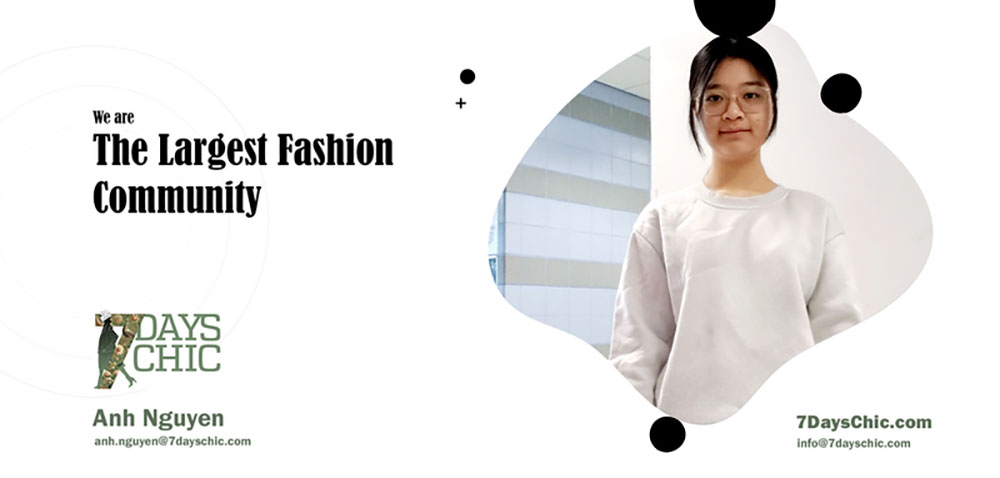


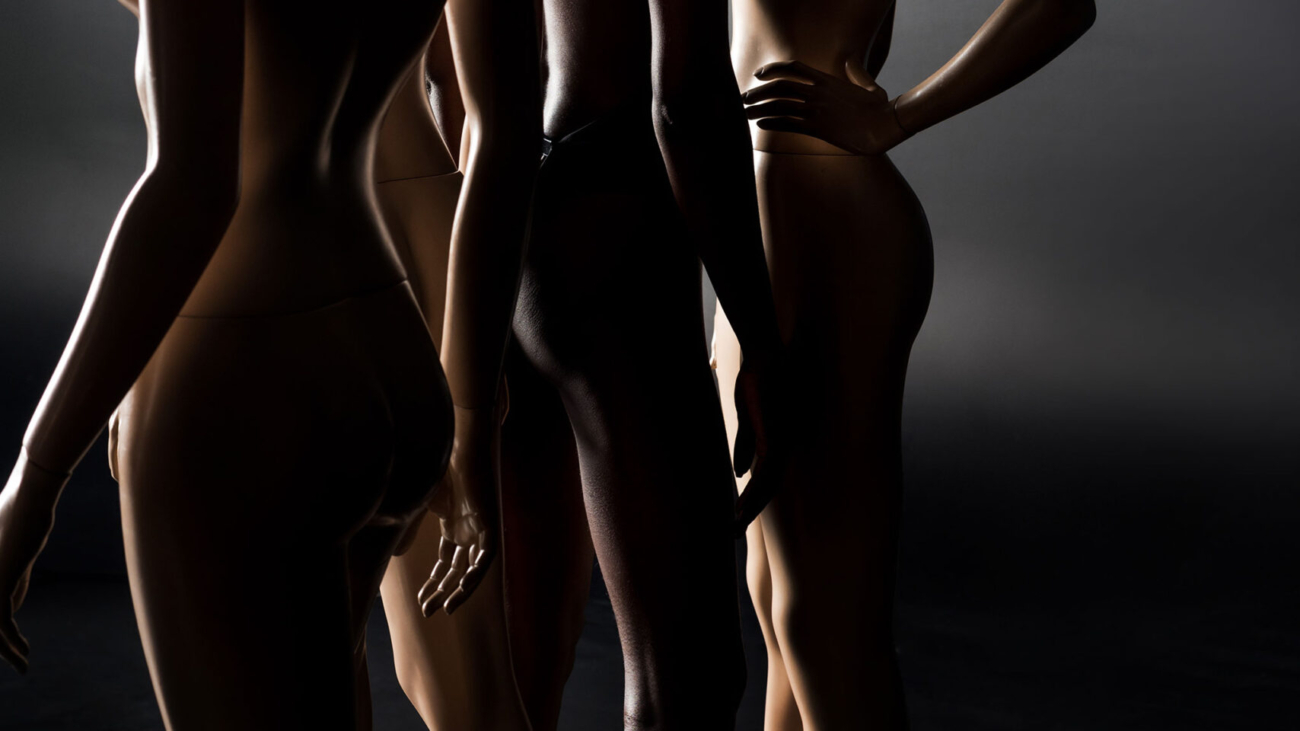
Add a Comment